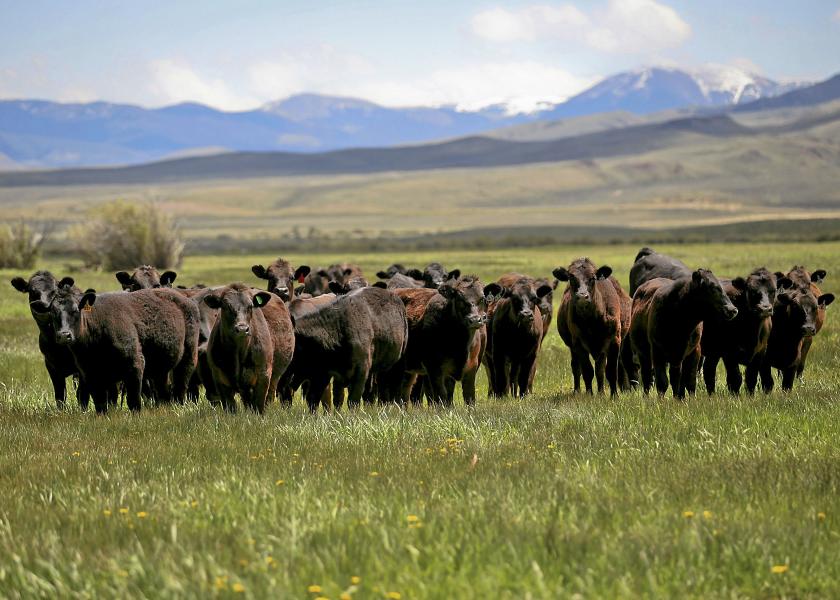Nalivka: Cattle Numbers Lowest in 73 years - the Glaring Headlines

USDA’s annual January 1 Cattle Inventory was released on January 31 and is consistent with my projections, or should I say my projections are consistent with the USDA report? The total U.S. cattle inventory at 87.2 million was down 2% and the lowest since 1951. The number of beef cows at 28.2 million were also down 2% from a year earlier and the smallest herd since 1962.
The beef cowherd peaked at about 46 million in 1975. Last year’s calf crop at 33.6 million was 2% smaller than the 2022 calf crop. Even in the face of record prices, there was still a general sense of uncertainty among cow-calf producers and cautious optimism was generally the rule. The uncertainty was definitely brought to light with heifer slaughter last year.
Going forward, from a number’s standpoint, there is no doubt that the cow-calf producer is definitely in the driver’s seat as cattle numbers continue to tighten over the next 2 years - at least. As I have been saying, there was obviously little, if any, incentive to hold heifers over the past two years. The January 1 inventory report indicated that the number of beef heifers expected to calve was also 2% below a year earlier.
Being in the driver’ seat as the result of sharply reduced cattle numbers does not forego the importance of ranchers having in place a sound plan to manage market risk and ultimately their financial well-being. The market has become increasingly dependent on consumer demand – consumers who are both willing and able to continue purchasing beef at higher prices and the Federal Reserve’s survey indicating record high credit card debt and payment delinquency cannot be ignored in that regard.
The headlines in the major media outlets (not agriculture) following last week’s Cattle Inventory report were quite pointed on the impact of the smallest U.S. cattle herd in 73 years - consumers will see a surge in beef prices! There is definitely more to the analysis then simply cattle numbers. Yes, it is the lowest inventory in 73 years, but I expect the industry to produce 26 billion pounds of beef this year compared to 8 ½ billion in 1951. Converting that into pounds of carcass beef per person, the estimate is 56 pounds in 2024 compared to 44 pounds in 1951.
Simply put, the discussion of beef prices paid by the consumer is a much more in-depth topic that entails much more than simply, “the lowest cattle inventory in 73 years.” The comparison of inventories makes for good conversation, but the comparison ends there. Today’s U.S. beef industry and the U.S. consumer is vastly different than in 1951 or even 10 years ago for that matter.







